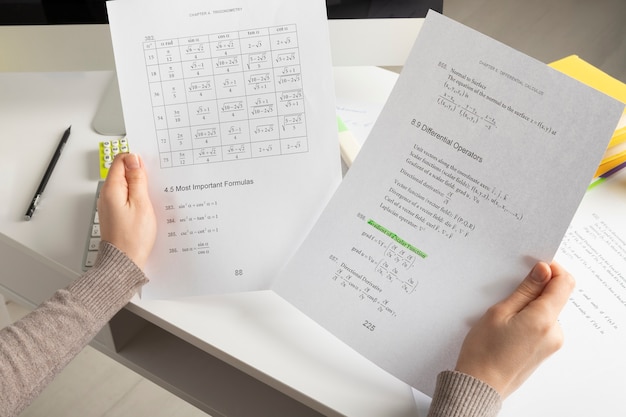
Prepositions are an essential part of the English language. They help us indicate the relationship between different words in a sentence. Basic prepositions such as in, on, under, and many others play a crucial role in conveying accurate meanings and understanding the spatial relationships between objects. In this article, we will explore these basic prepositions, their meanings, and usage examples.
## Basic Prepositions
Here is a table that lists some common basic prepositions along with their meanings:
| Preposition | Meaning |
|---|---|
| in | expresses being inside something |
| on | expresses being in contact with a surface |
| under | expresses being beneath or below something |
| above | expresses being higher or over something |
| beside | expresses being next to or by the side of something |
| between | expresses being in the middle of two things |
| behind | expresses being at the back of something |
| in front of | expresses being before or ahead of something |
## Examples of Basic Prepositions in Context
Let’s explore how these basic prepositions can be used in sentences to indicate different spatial relationships:
1. **In**: The cat is in the box.
2. **On**: The book is on the table.
3. **Under**: The shoes are under the bed.
4. **Above**: The sun is above the clouds.
5. **Beside**: The girl is sitting beside her brother.
6. **Between**: The pencil is between the two books.
7. **Behind**: The car is parked behind the building.
8. **In front of**: The dog is running in front of the car.
Understanding and correctly using these basic prepositions is crucial for effective communication in English. They allow us to provide clear and accurate descriptions of different spatial relationships.
By using the correct prepositions, we can avoid confusion and ensure that our messages are properly conveyed. Whether it’s describing the location of objects, indicating positions, or providing directions, basic prepositions are essential tools in everyday speech and writing.
Remember, practice makes perfect! As you continue to familiarize yourself with these prepositions and their usage, you will become more proficient in expressing spatial relationships accurately.
In conclusion, basic prepositions such as in, on, under, above, beside, between, behind, and in front of help us convey specific spatial relationships between objects. By understanding their meanings and usage examples, you can enhance your English language skills and communicate effectively.




